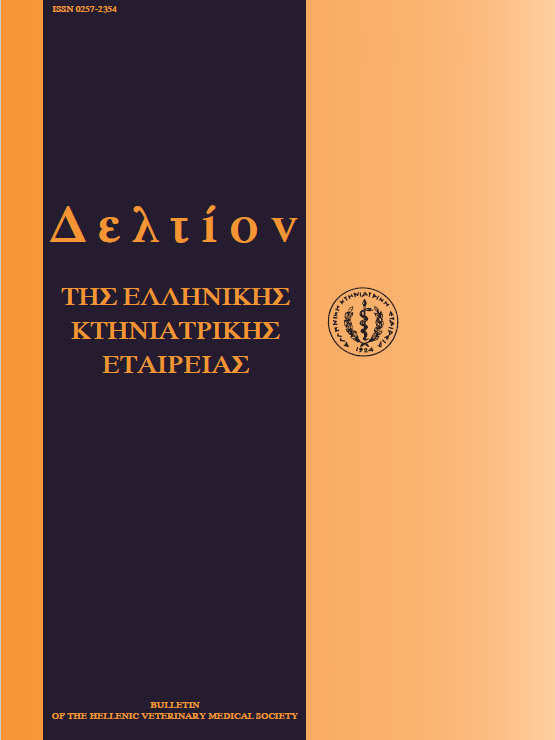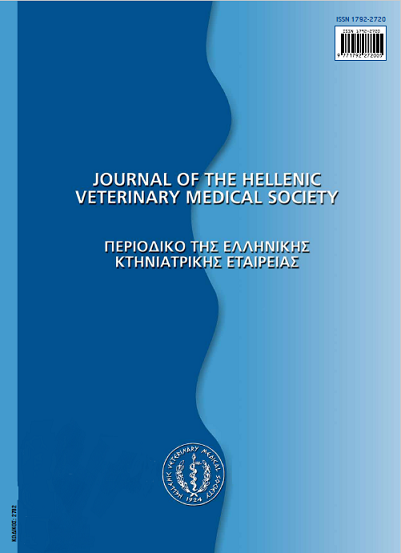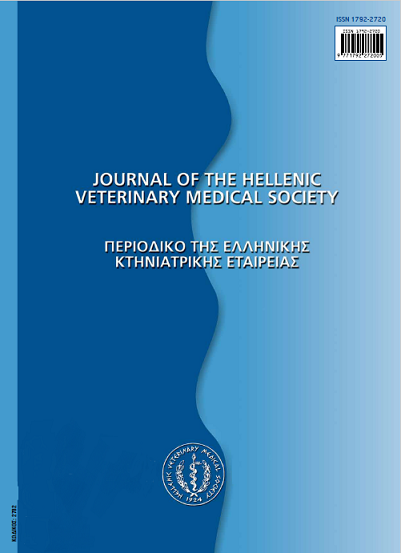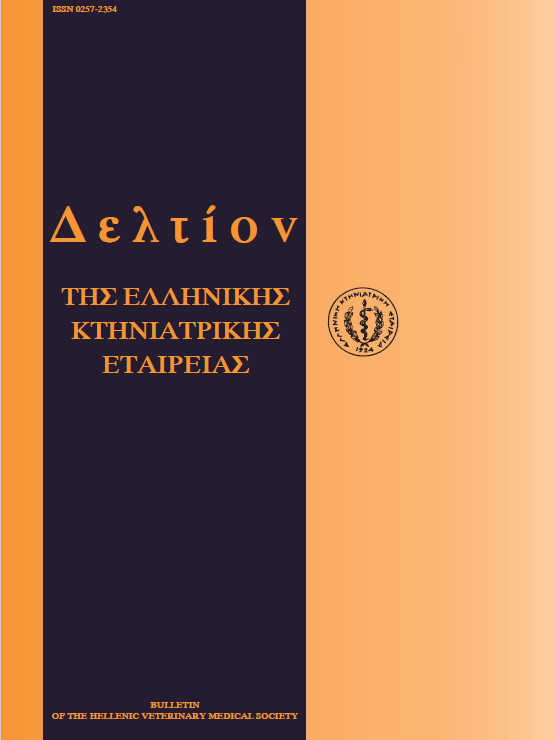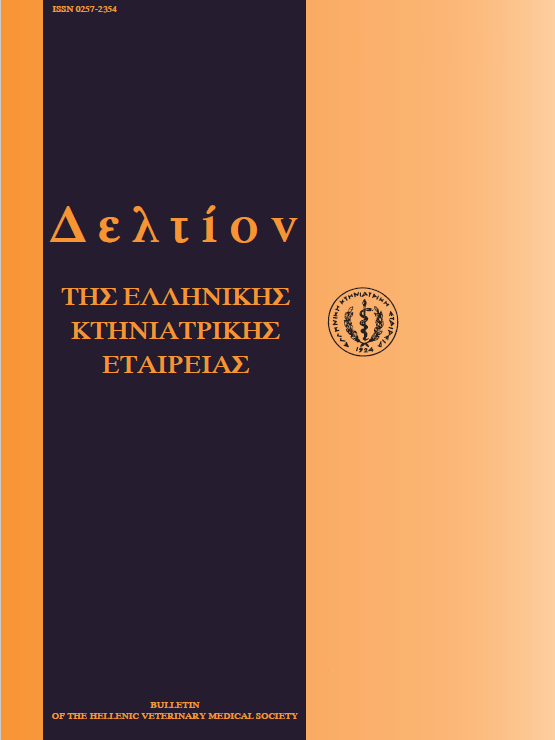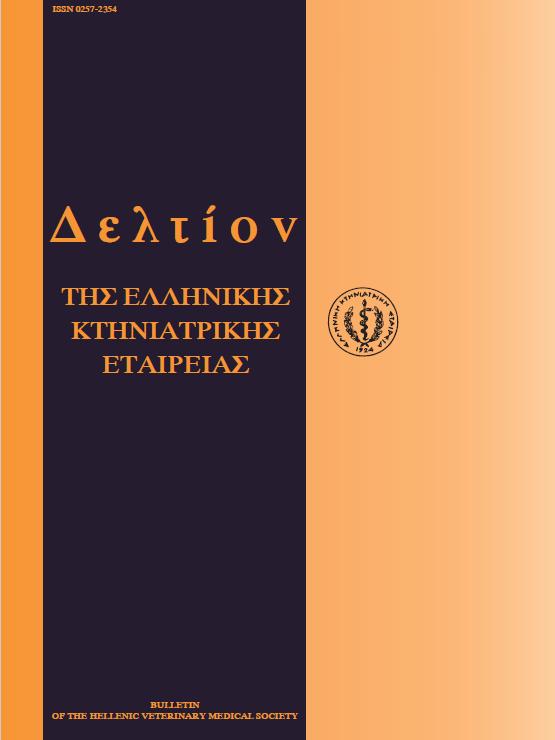Food contamination with cadmium-A review.
Abstract
Levels of cadmium in the environment have drastically increased over the last decades, as a result of human activity. This cadmium pollution is transferred to the human food chain resulting in elevated concentrations in some foods such as vegetables and grain crops, animal liver and kidney and especially seafood. Cadmium ingested by animals and humans, accumulates mainly in the renal cortex and may result in a variety of toxic effects, such as renal damage, bone degeneration and cancer. Taking into account the rather elevated concentrations of cadmium in offal and seafood appearing in the international literature, a continuous control of such products is suggested as necessary in order to protect consumers from any undue exposure to this heavy metal.
Article Details
- How to Cite
-
PAPAVERGOU (Α. ΠΑΠΑΒΕΡΓΟΥ) A., GEORGANTELIS (Δ. ΓΕΩΡΓΑΝΤΕΛΗΣ) D., & VARELTZIS (Κ. ΒΑΡΕΛΤΖΗΣ) K. (2018). Food contamination with cadmium-A review. Journal of the Hellenic Veterinary Medical Society, 51(3), 205–212. https://doi.org/10.12681/jhvms.15676
- Issue
- Vol. 51 No. 3 (2000)
- Section
- Review Articles

This work is licensed under a Creative Commons Attribution-NonCommercial 4.0 International License.
Authors who publish with this journal agree to the following terms:
· Authors retain copyright and grant the journal right of first publication with the work simultaneously licensed under a Creative Commons Attribution Non-Commercial License that allows others to share the work with an acknowledgement of the work's authorship and initial publication in this journal.
· Authors are able to enter into separate, additional contractual arrangements for the non-exclusive distribution of the journal's published version of the work (e.g. post it to an institutional repository or publish it in a book), with an acknowledgement of its initial publication in this journal.
· Authors are permitted and encouraged to post their work online (preferably in institutional repositories or on their website) prior to and during the submission process, as it can lead to productive exchanges, as well as earlier and greater citation of published work.

